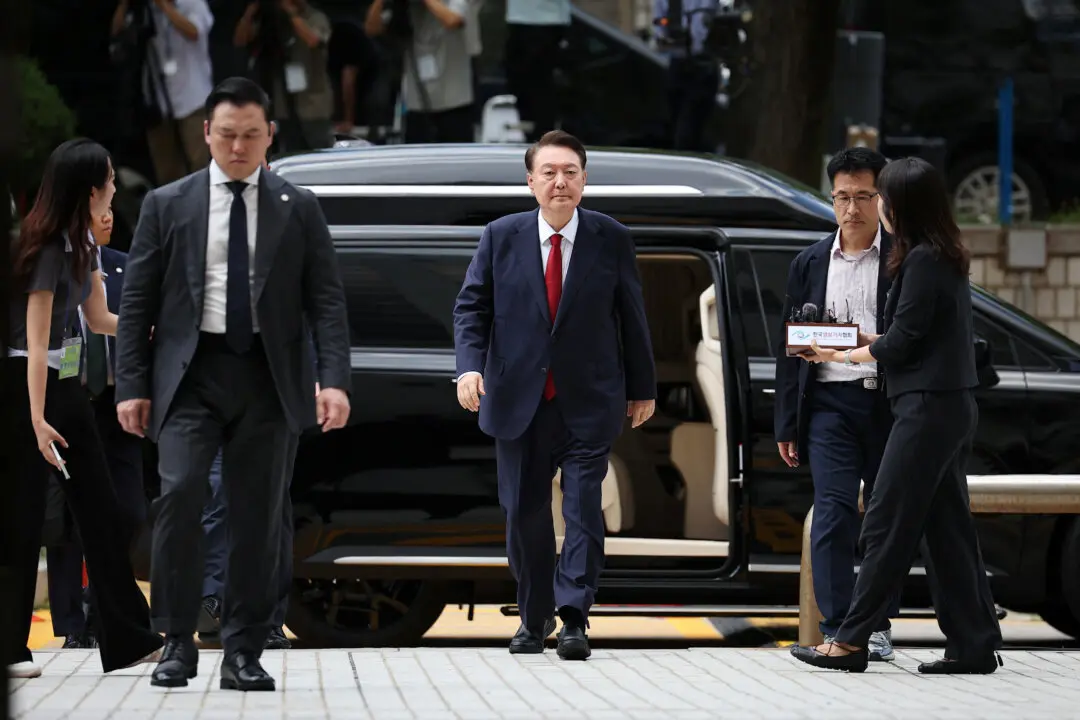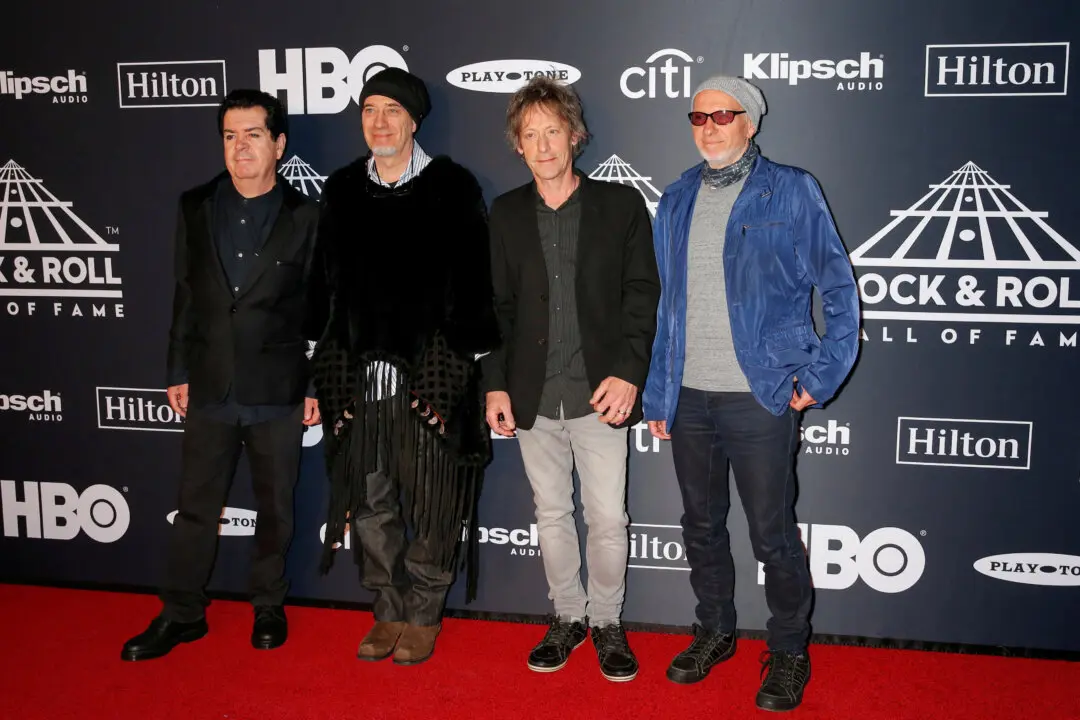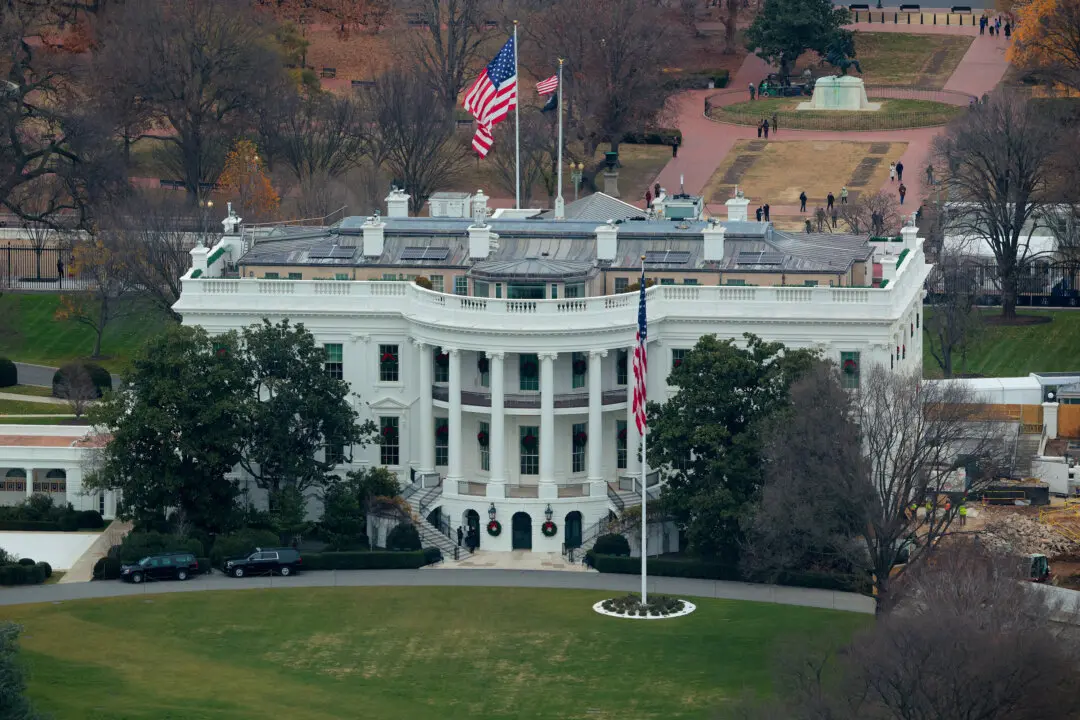It’s the most advanced fighter jet ever put in the air, its designers says, but for years the F-35 has been under attack as the Pentagon’s trillion-dollar troubled child. Now, the next-generation plane is finally getting the chance to show what it can do: the F-35 is finally being put through its paces in real world conditions after years of delays, cost overruns and questions about its fitness for modern warfare.
The U.S. Navy gave journalists a rare chance to see its version of the single-seat F-35 being tested for battle.




